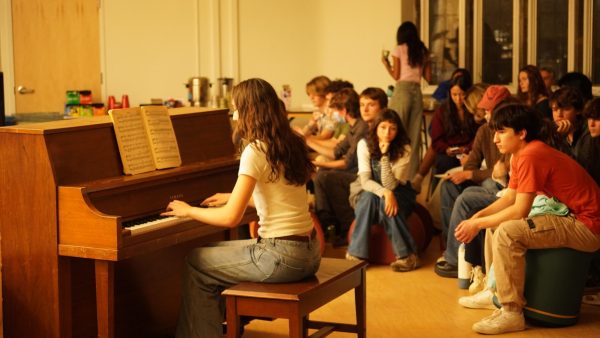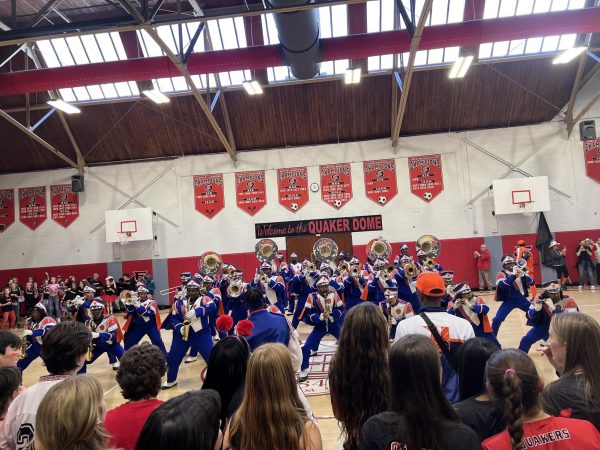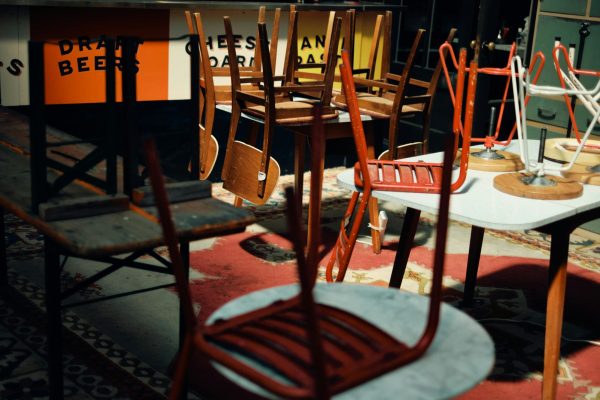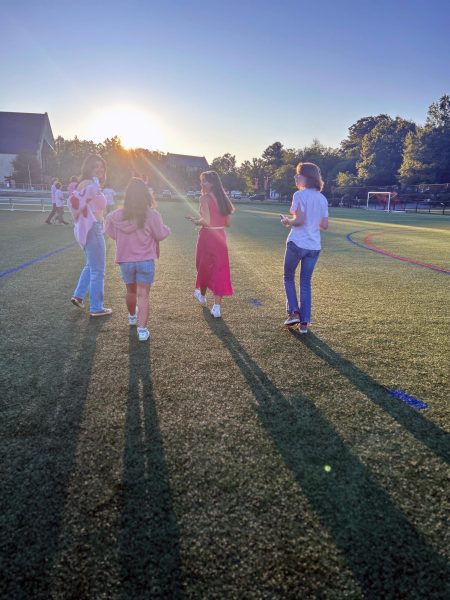Hot Girl Fall?
What to do about fall clothes? With the new dress code, is our only option to dust off our sweater boxes to comply with Quaker values?
As our hot girl summer comes to a close, we wonder: What to do about fall clothes? Is our only option to dust off our sweater boxes to comply with Quaker values?
The conversation around Friends’ dress code is a touchy one. Many of us remember when the school used guidelines like “fingertip length” – how long girls’ skirts or shorts needed to be – and “reach and stretch” – which governed shirt length.
Ultimately, these didn’t create the structure the administration was hoping for. Many people felt these rules were biased against girls. Some boys also felt attacked by a prohibition against hats.
Other schools have addressed this contentious issue of self-expression by making kids wear uniforms that strip them of their creativity. Other schools allow students to wear what they please.
Friends heard complaints about its dress code for years. But in 2013, something changed. English teacher Helen Berkeley remembers it started as an Upper School Meeting for Business. A larger than normal group of kids showed up, and talked about the issue in an informed and opinionated way.
This time, the school listened. They decided to make a subcommittee focused on the dress code, and they needed a faulty advisor. Ms. Berkley raised her hand, and for the next three years, led the group through a long process of drafting a new policy.
Their first draft did not go over well with Upper School faculty. Male teachers were especially worried about enforcing the short skirt rule.
So the group went back to the drawing board, making the document less punitive and more reflective. They asked questions like: “Do you feel comfortable?”, “Do you think you can function at your best?” and “Does it create a good learning environment?” After hundreds of rough drafts, they sent a new “philosophy statement” to the faculty, who liked it.
If students violate the statement, there’s no punishment, just conversation.
“I think the school is proud of it, because we used Quaker process well, and we now have a dress code that kids wrote that’s pretty quirky,” says Berkeley.
An excerpt from the new dress code statement reads: “[A]ll students and faculty should be able to see the dress code as a consistent expression of our community’s values. Practice of the dress code should encourage mindfulness, rather than heighten students’ self-consciousness about how others judge them.”
Student opinions are mixed. Many people – including me – feel the freedom of being able to wear what we want is a huge victory. Some still hate the ‘no camouflage’ rule, which Berkeley says comes from the school’s peace statement.
Transfer student Lily Beckett says that, while she respects the rule, she is unclear about how it applies: What about cartoon camo? What if it’s in a different color? What if it’s only on the sleeve?
Others, like senior Grey Henry, say the lack of rules now makes it even harder to know the lines of what’s acceptable and what’s not.
“Overkill. Absolutely pointless,” he says of the new dress code. “Either give us a uniform or don’t. This is just too much.”
But Grey also echoes the new statement, saying he thinks students themselves should have a sense of what’s appropriate to wear to school.
“It’s not work, but this also isn’t your living room,” he says. “Don’t look dirty.”
For Lily, the Friends dress code is an adjustment from her old school, where she had to wear a uniform.
“I’m against a uniform, but at the same time, kind of for it,” she says.
She used to appreciate how easy it was just to wake up and put it on, no questions asked. With a uniform, she says, the stress of figuring out what to wear everyday was eliminated. At the same time, Lily says, she values student expression in the form of clothing. She just hopes students don’t take the chill dress code too far.
“I would hope people would keep it modest and not take advantage of the fact that they don’t have a uniform,” she says, “but unfortunately I see it.”
Lily says she doesn’t believe that “if you dress better you do better,” because each student is different. “If they want to walk around in sweats, they should be able to if they think that’s going to help them learn,” she says.
So let’s whip out the sweats and sweaters, and have the best hot girl fall we can.

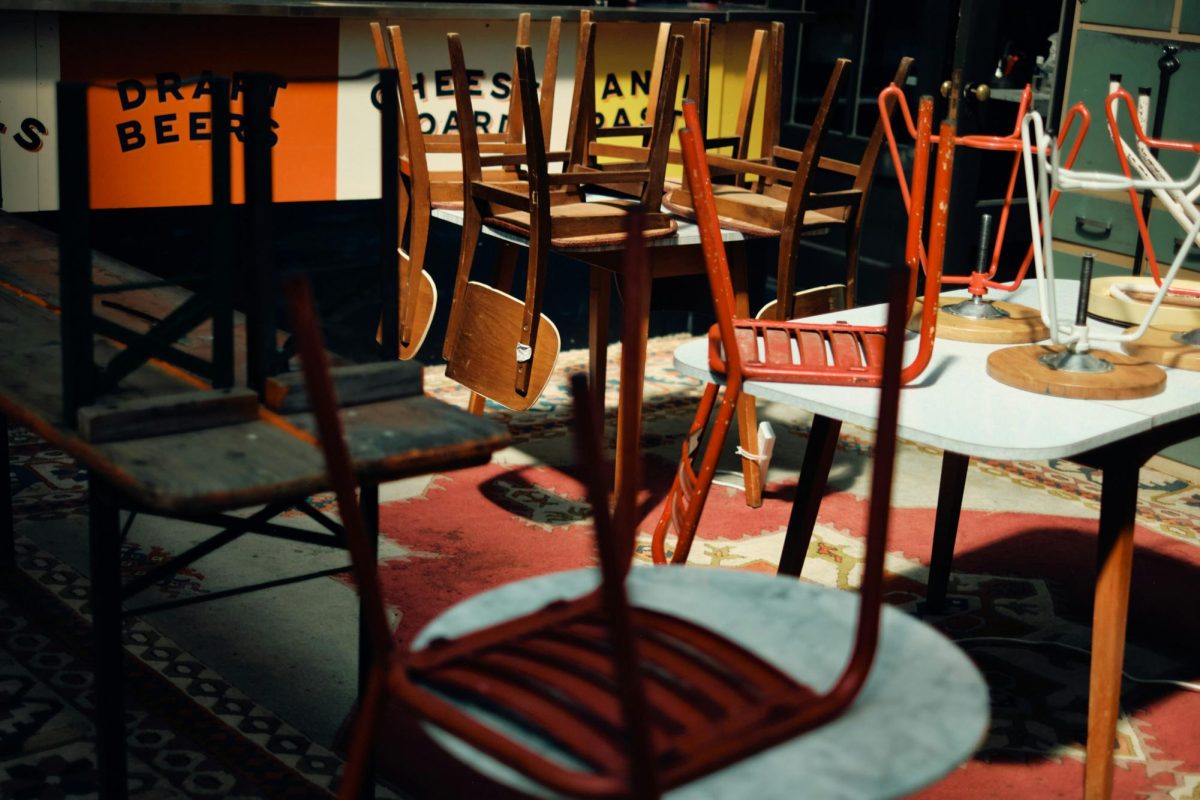

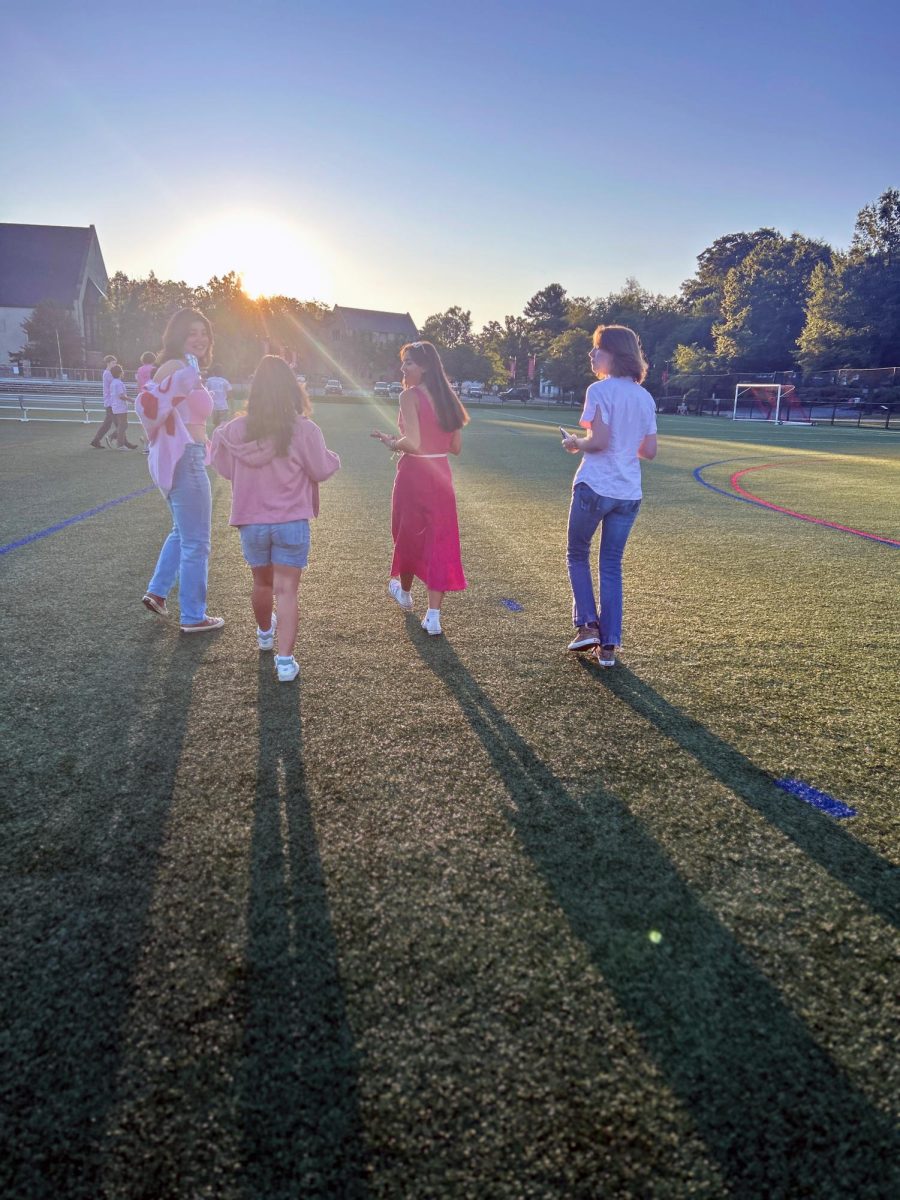





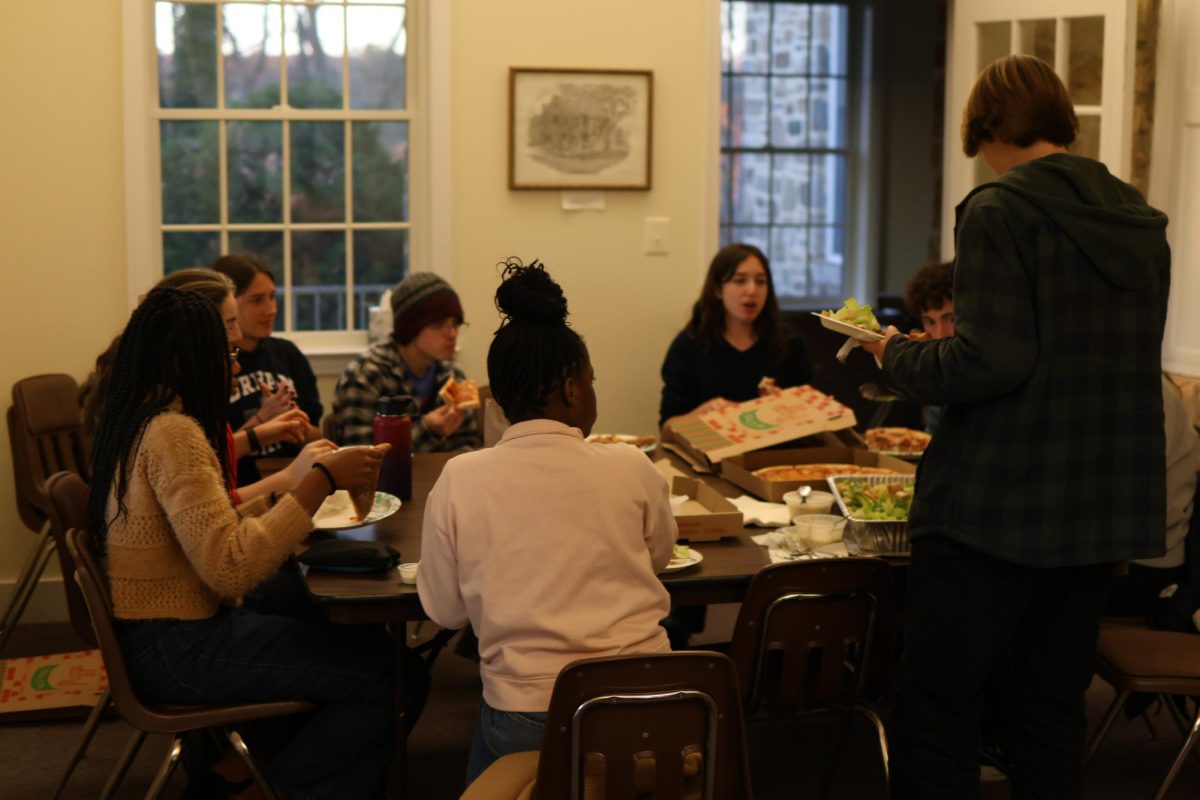

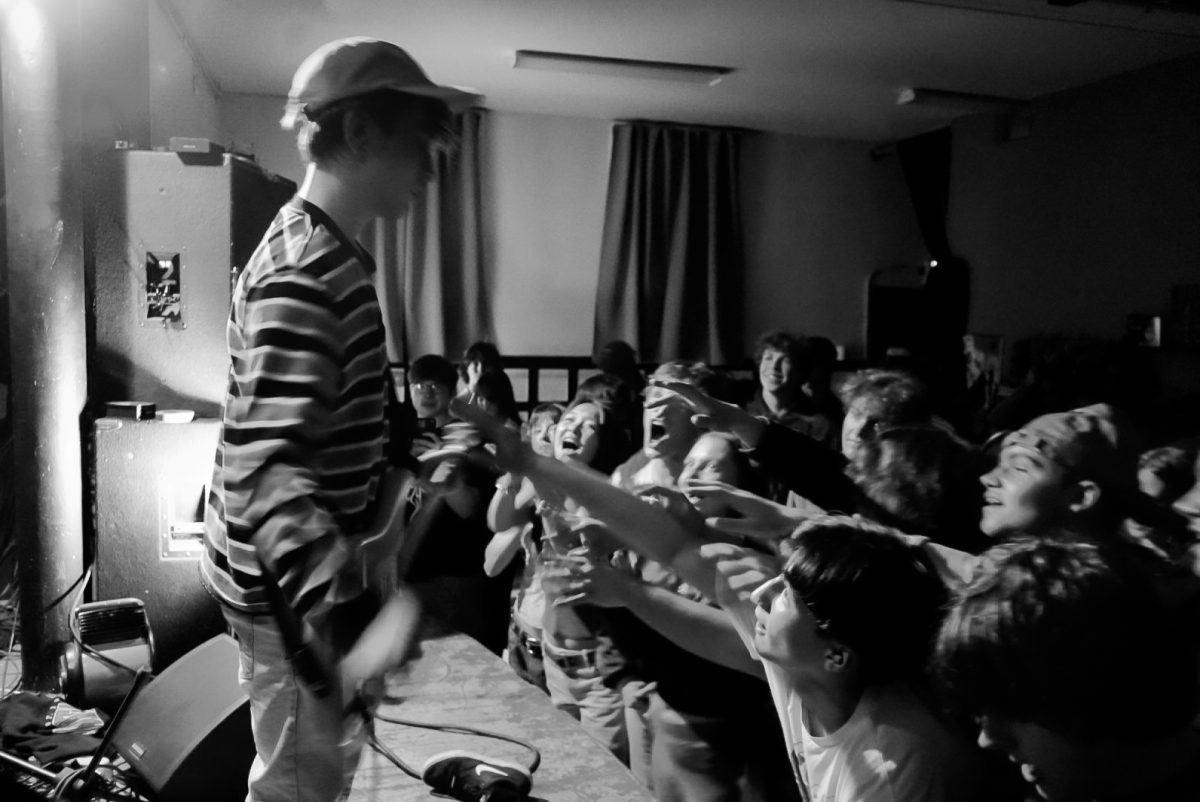
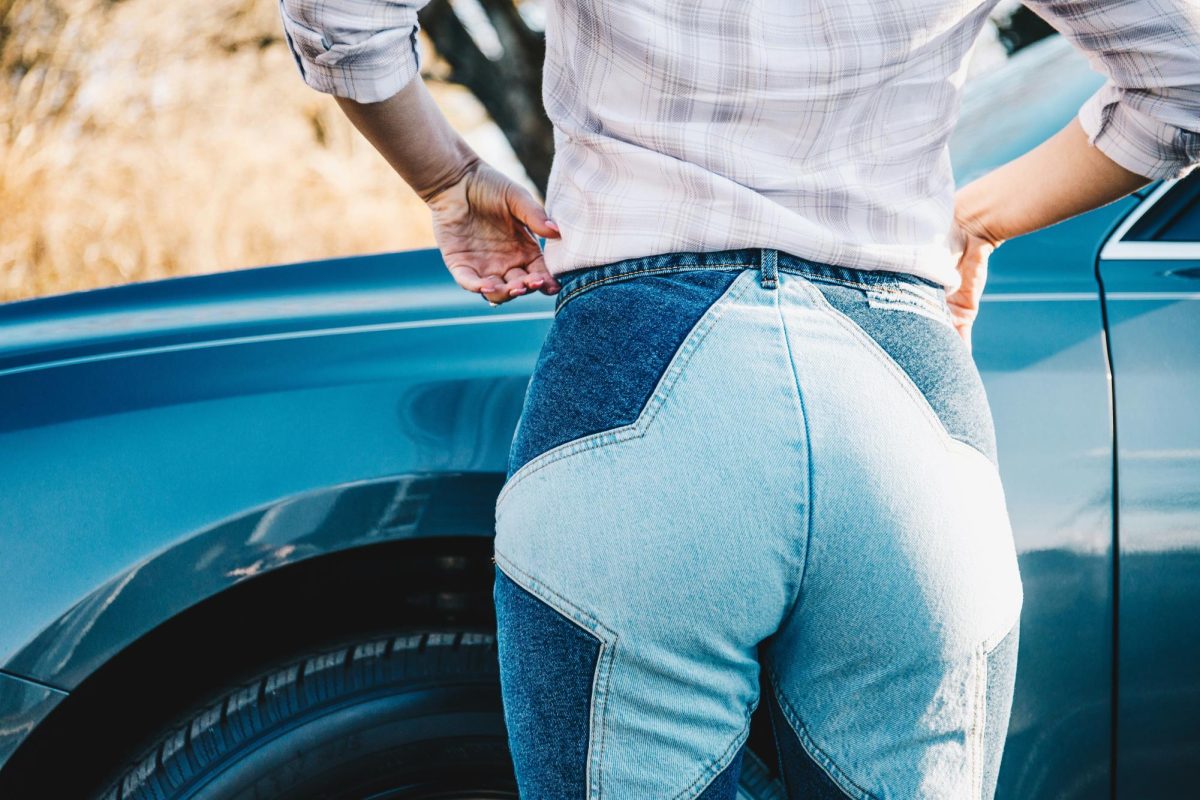
![How Freestyle Club Began [Podcast]](https://thequakerquill.org/wp-content/uploads/2025/05/charly-alvarez-Jv9untmB7G4-unsplash-1200x800.jpg)
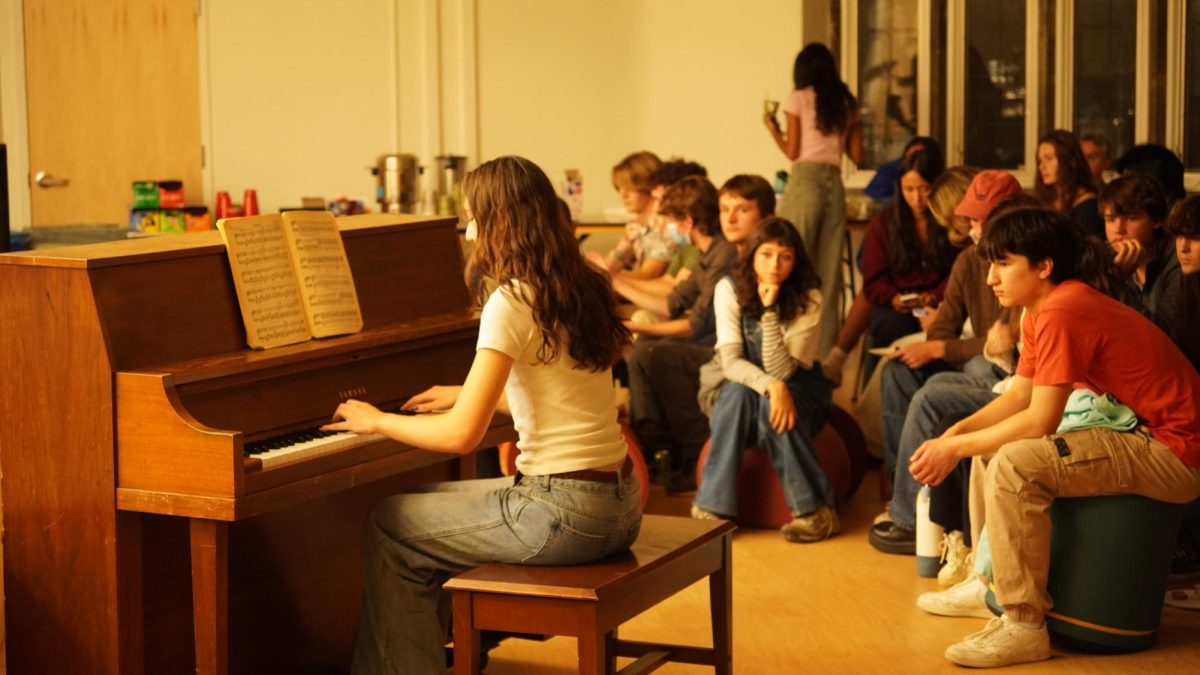
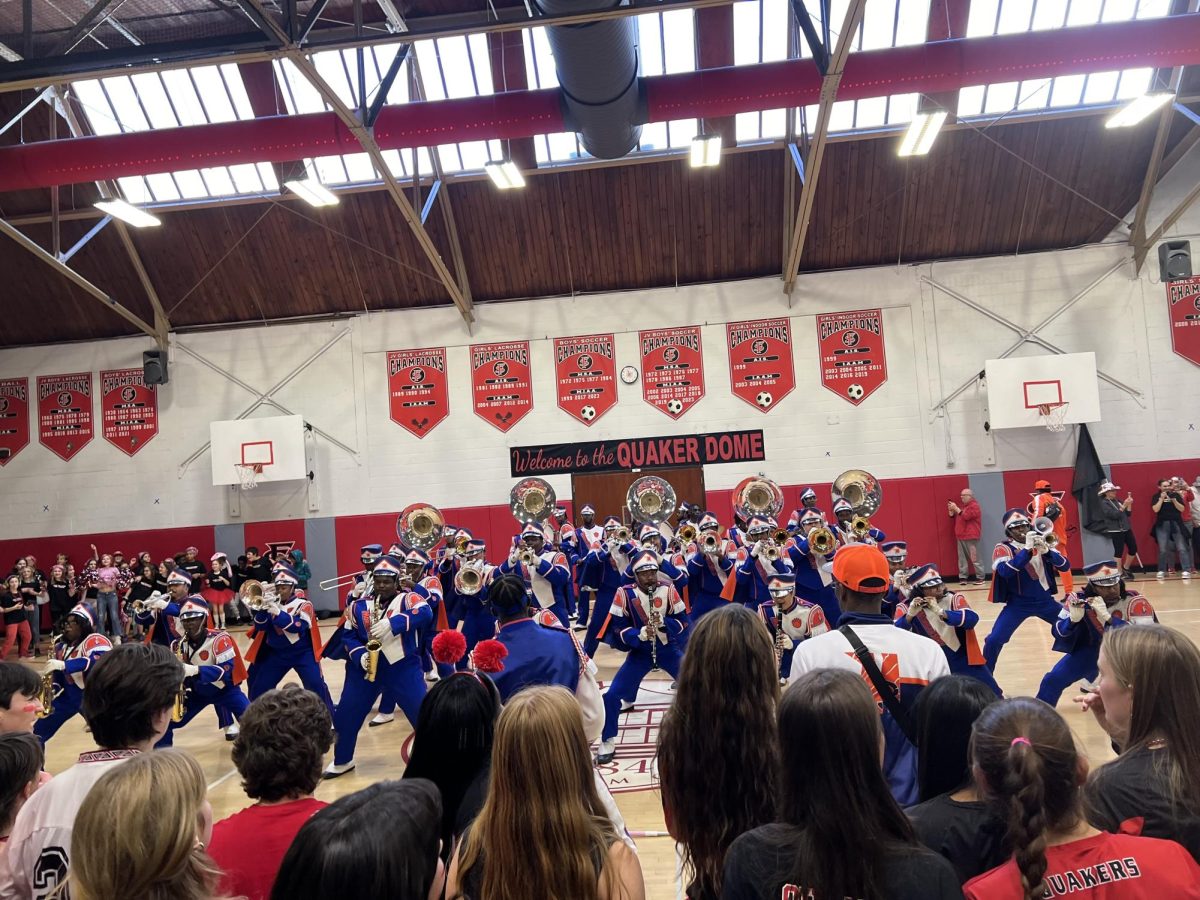
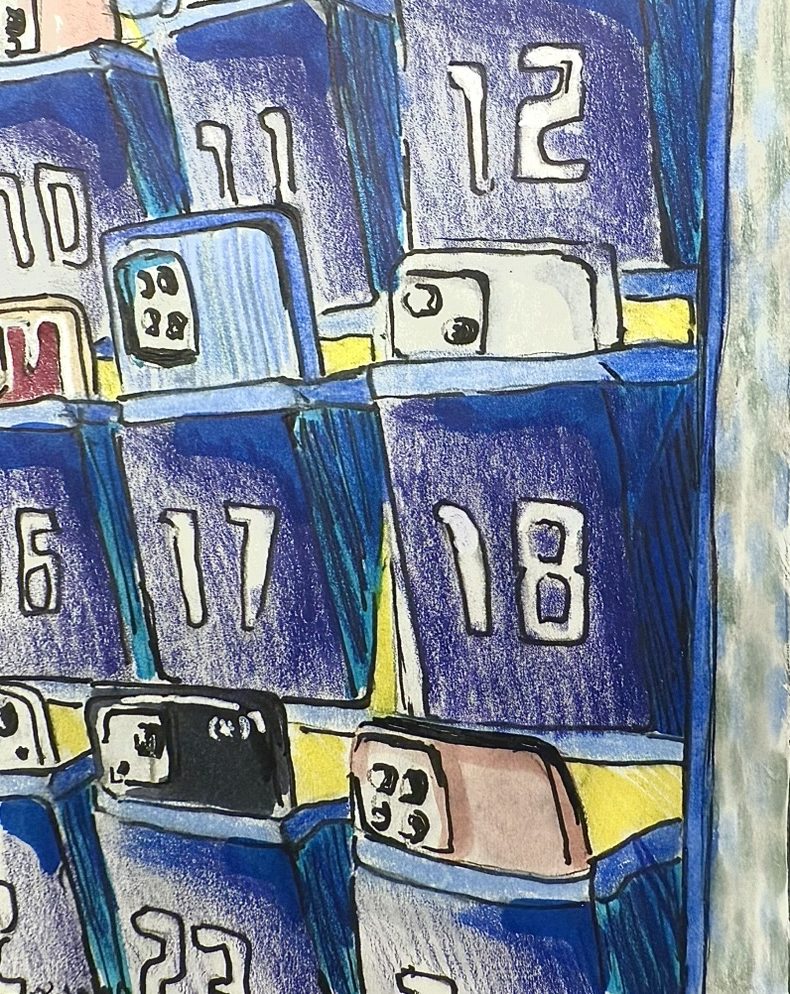




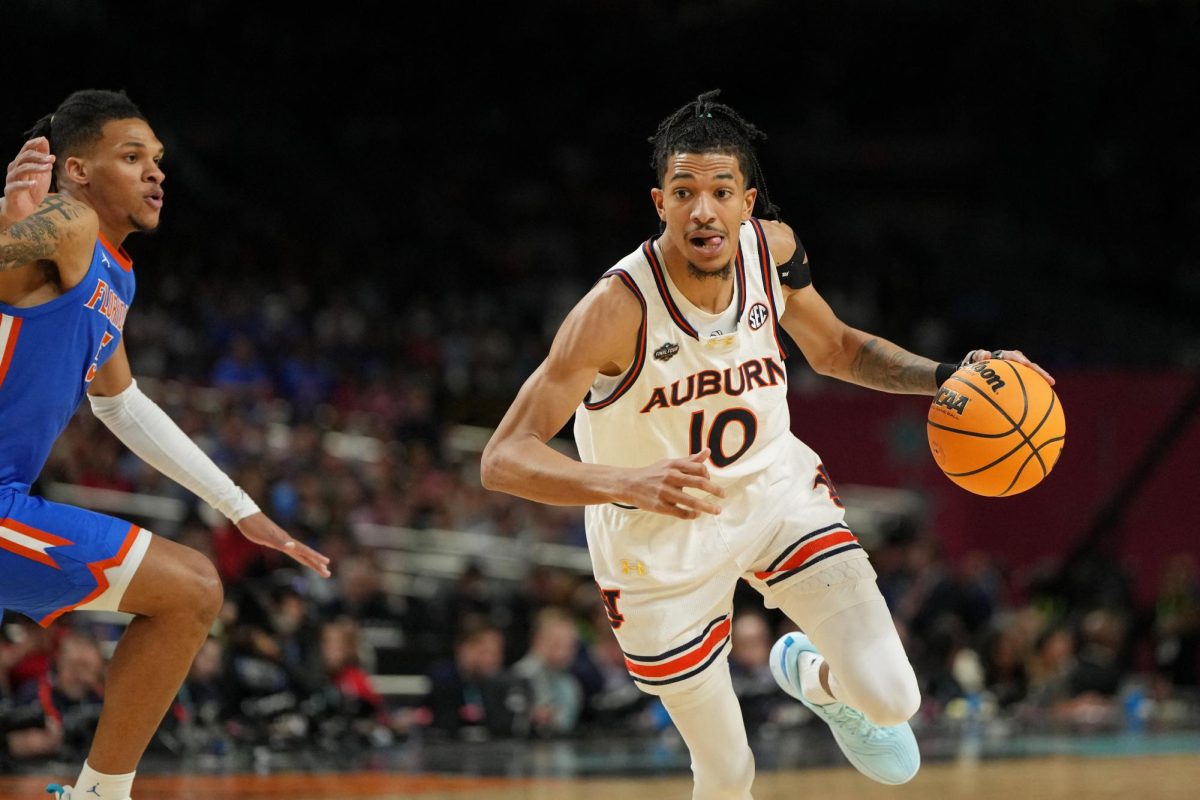

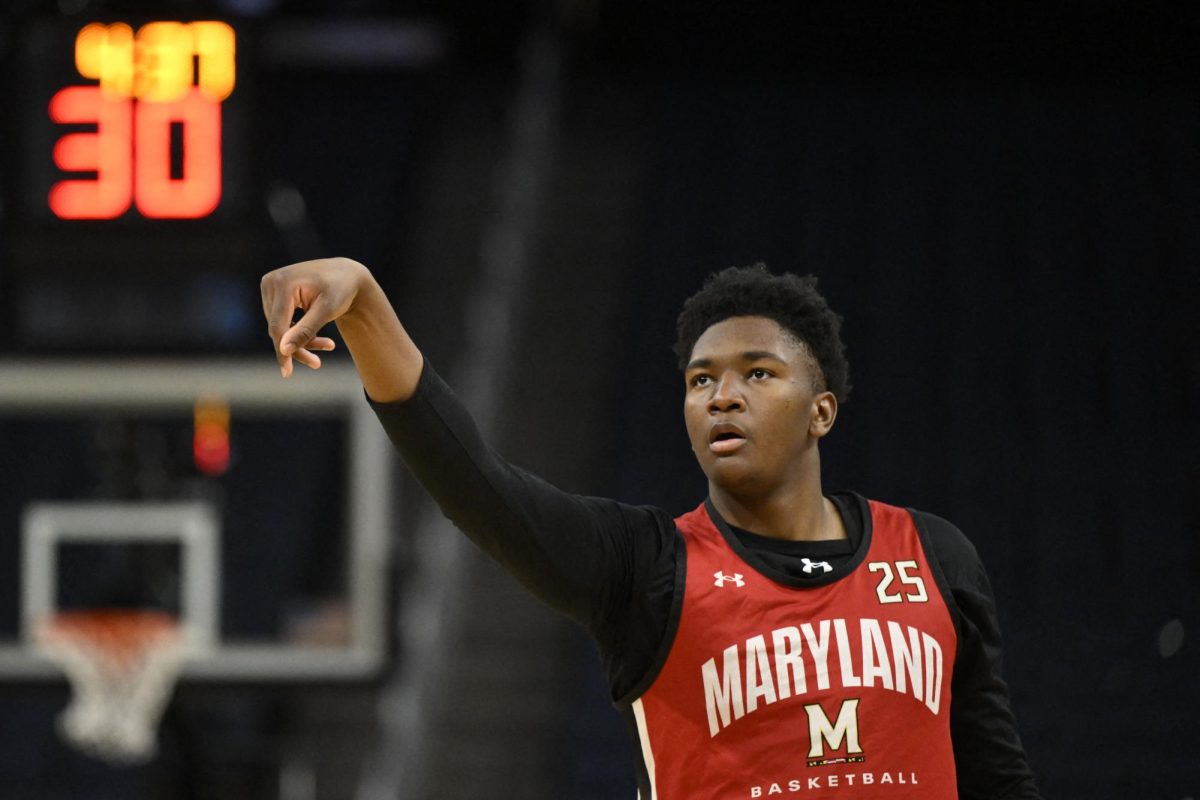







![A Phone Ban at Friends? [Podcast]](https://thequakerquill.org/wp-content/uploads/2025/05/magenta-VrRT19_ZjUY-unsplash-1200x900.jpg)
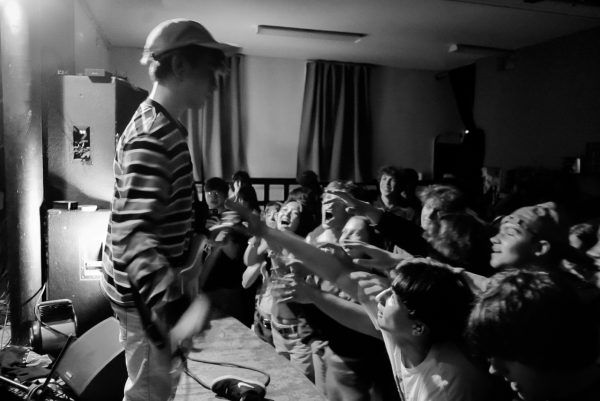

![How Freestyle Club Began [Podcast]](https://thequakerquill.org/wp-content/uploads/2025/05/charly-alvarez-Jv9untmB7G4-unsplash-600x400.jpg)
